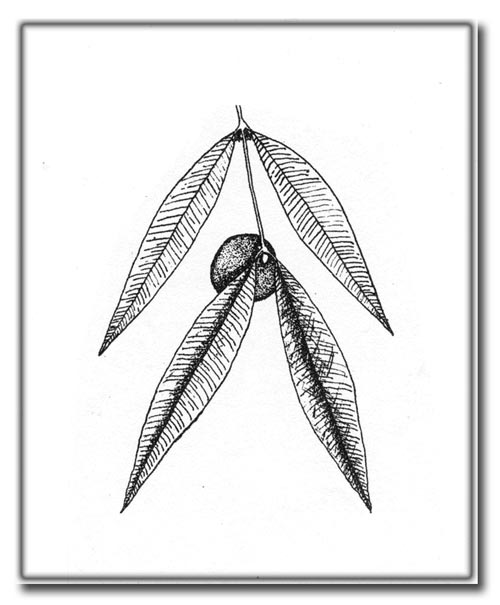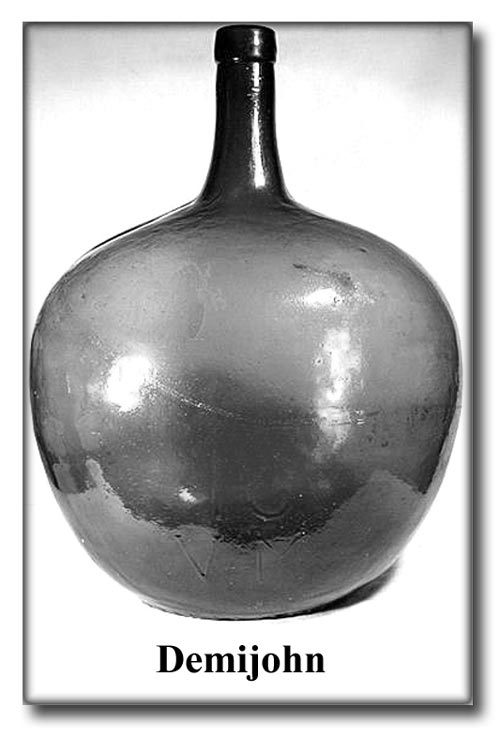Guavaberry and Christmas Carols
The guavaberry tree (Myrciaria floribunda) is a widespread species in Tropical American forests; found in the West Indies from Cuba down to Martinique, and on the mainland from the south of Mexico to Brazil. It is fitting, however, that the species was first officially described from a collection on St. Croix by Hans West in the year 1800, for nowhere in its wide range is this small tree more beloved than here in the Virgin Islands.

Guavaberry is member of the myrtle family, with many edible and medicinal relatives, from the bayrum, guava and allspice of tropical America to the cloves and eucalyptus of Asia and Australia. St. John has 20 native species of the myrtle family, and several of them have edible fruit, none nearly so well used as the guavaberry.
The “guava” of guavaberry probably comes from the great similarity of the tree’s beautiful smooth bark to that of its frequently cultivated cousin, the guava, but the similarity ends there. Like many Caribbean trees, the guavaberry is programmed to bloom in the spring after the first heavy rains following the dry season. If the rainfall remains adequate through the summer, the small berries will ripen in late September. There are two varieties, one with yellow-orange berries, the other a deep purple, and apparently the two forms remain true when grown from seed. Both varieties have a unique and very strongly aromatic flavor, but, while blind tests have not proved any difference in taste, it is widely accepted that the purple berries are better. They are undeniably better looking, especially in tarts and in the color they give to guavaberry rum. Both varieties are notably tedious to harvest from the trees… hand picking takes forever, and the remarkable sturdiness of the trees makes it a challenge for the strongest men to shake hard enough to bring down even the ripest berries.
Once a sufficient quantity of fruit has been gathered, they may be used for an excellent jam or a fabulous tart filling; a very palatable wine has been made with the fermented fruits, but the berries macerated and soaked in rum produce a festive beverage with a taste that seems to evoke centuries of island history in its marriage of flavors. The classic preparation was simply rum, guavaberries and sugar to taste, placed in the beautiful big green glass demijohns that were common in the islands until the 1970’s (cheap red table wine from France was sold in demijohns by all the larger St. Thomas merchants); the demijohns were put away in a dark corner to age at least until Christmas of that year– or, with discipline and self –control, until December of the following year.

The preparation of guavaberry rum as a Christmas drink is not quite unique to the Virgin Islands; Dutch St. Maarten and Saba also have a long tradition, and today a variety of guavaberry products are marketed from a large gift shop in Phillipsburg. The idea probably began with European traditions of fruit liquors popular at the holiday time, and the beautiful color and aroma of rum infused with guavaberries was already popular in these islands by the mid-1700’s. Oldendorp’s exhaustive account of daily life in that era includes_minified: “I must also make mention of another small tree which I have not at all seen, but whose berries—they are called guavaberries—I have eaten, Like cherries, they are very round, black or yellow. They have one or two small kernels, a pleasant, spicy taste, and are quite healthful. They are eaten in the morning on an empty stomach. When prepared in rum, they take on a strong, sweet taste”.
Guavaberry rum is the best -known festive beverage of the islands, but several other local libations were once common and are now rare. The drink known as “Miss Blyden” was a favorite in dry areas like East End—similar to guavaberry, it was made from the fruit of native prickly pear cactus (Opuntia dilleniii), steeped in rum and sweetened with sugar. Bottles of Miss Blyden were often buried for proper aging- and perhaps to stifle temptation to sample out of season—to be unearthed with proper ceremony at Christmas time. The cactus fruit imparted a gorgeous crimson color. Children were served a non-alcoholic version made with raspberry essence and red coloring. “Sorrel”, a red drink made from the sorrel hibiscus (Hibiscus sabdariffa), was another appropriately -colored soft beverage.
Caroling was very much a part of St. John at Christmas time, with groups going from house to house in their communities, beginning at dawn on Christmas morning. With libations flowing, the progress slowed as the day went on, but a sturdy group of carolers and their instruments could still be serenading well into the late afternoon, with increasing cheer and decreasing balance. By the 1960’s a large group of men from Cruz Bay would pack themselves in a small ramshackle jeep and carol all the way to Coral Bay– and back along the north shore– stopping at every house along the way to spread joy and fortify themselves to continue with guavaberry and sweet breads and cakes. The instruments may have been homemade, but the tunes were jubilant and the participants had certainly caroled together for many decades, infusing the occasion with hilarity and a pure Christmas spirit of comfort and brotherhood. With practically no other traffic on the road, the assigned driver –often Herman Sprauve – could return to Cruz Bay very slowly, in the middle of the road, with a cargo of friends who were perhaps less tuneful than when they had started, but filled with love and peace– and the need to sleep.
See the related items:
[Way of life]

